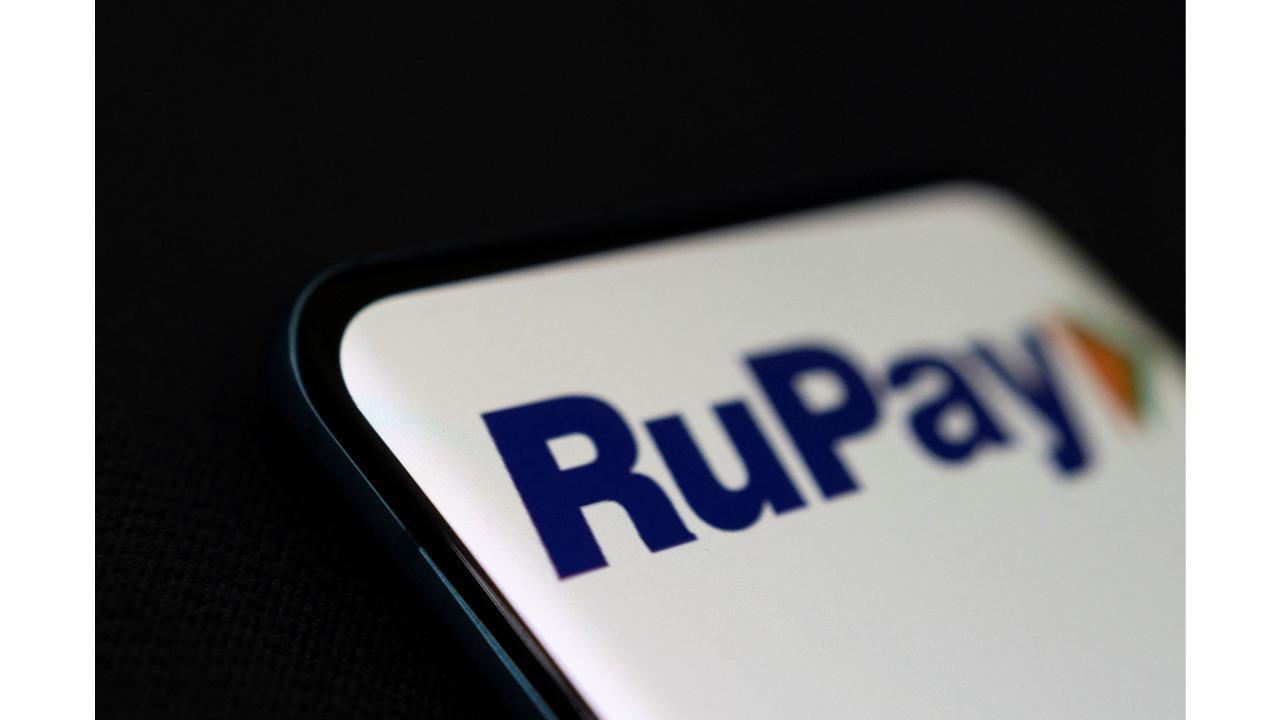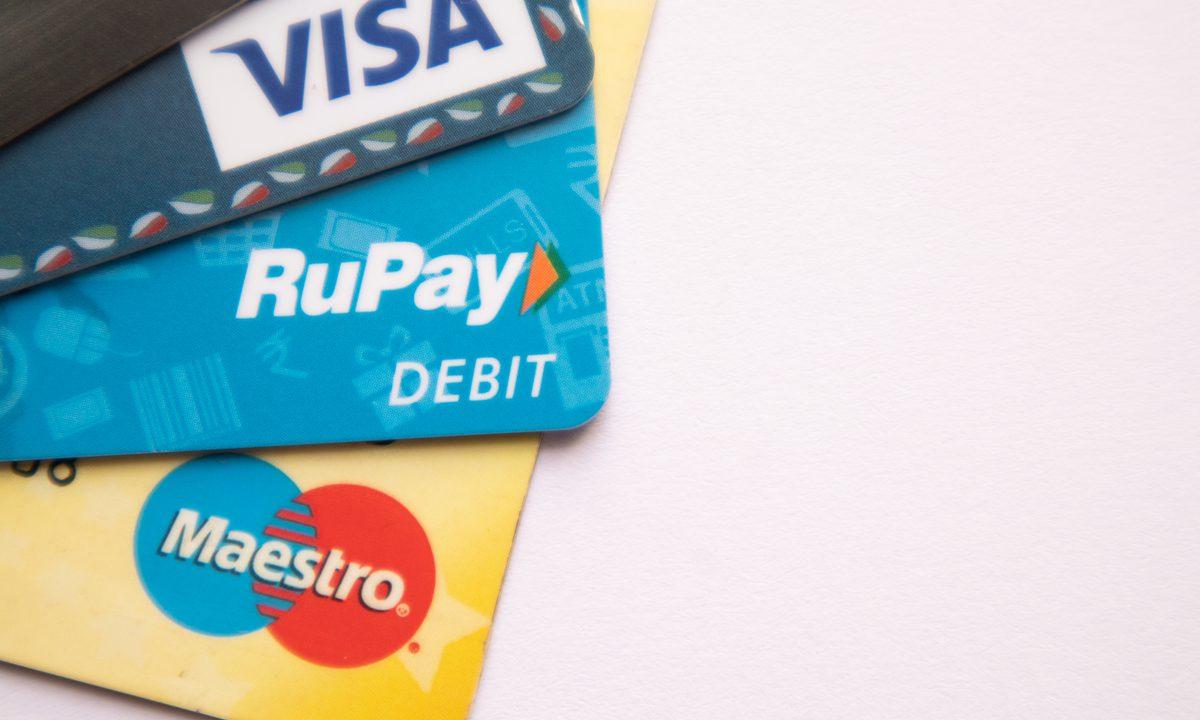RuPay's market share has soared, basis the implementation of Pradhan Mantri Jan Dhan Yojna (PMJDY) and the government's pressure towards encouraging PSU banks to adopt it. Keep reading to know all about it!

As per the RBI, RuPay, the card platform by the National Payments Corporation of India (NPCI), slid into the game by grabbing a 60% share of India's card market in 2020. To say, this is a significant increase from RuPay's 15% share in 2017.
ADVERTISEMENT
And despite the immense number of cards authorized, RuPay still lags behind its foreign competitors in terms of transaction numbers and value.
In a vast country like ours, a surge in issuance of RuPay Cards portrays more of a blow to the major sharks like Visa and MasterCard, who had been leading the business until now. The fact that even the Indian government is pushing the use of RuPay cards is leaving no stones unturned in causing problems for these predominant financial card giants.
According to a Reuters article, Visa has 'complained' to the US government that the Indian government supporting RuPay is damaging Visa's potential in the country. Although the complaint didn’t bring in a fruitful result.
But what reasons have aided to RuPay's progress in India's card industry, and where does it fall short? Do MasterCard and Visa really have a reason to be concerned?
We'll make it simple for you.
RuPay’s Strike on the Hot Iron (Jan Dhan Yojna)
The government gives only RuPay debit cards to fresh bank customers under the PMJDY, which was introduced in 2014. This has been the largest leg-up for RuPay in virtue of giving the NPCI Card Network a decent portion of the debit card business.
As per the data from the Department of Financial Services under the Ministry of Finance, 31.74 crore RuPay debit cards have been provided so far under the program. That's a 34.5% slice of the 90 million debit cards reportedly in use in India.
That’s Sky-High!
However, NPCI’s CEO – AP Hota said in a statement that, even though PMJDY did give RuPay a headstart but it’s not entirely true that it is the only factor in the success of RuPay. It is also the set of features that RuPay brings on to the table.
Since RuPay was added to PMJDY, global card players (such as Visa and MasterCard) did object quite a bit. But only if these multinational card companies had provided genuine and appropriate financial inclusion products (to cater to the citizens striving to make it through the day), they might have made it into the PMJDY as well.

Support from the Government
Government mandates and/or regulations on international transaction processes, according to Visa’s annual report, are one of the threats to their operations. They may avert them from vying against firms in several countries, including larger markets like China, India, and Russia.
The RBI launched NPCI to develop a homegrown payment and settlement ecosystem in India, and it operates as a 'Not-for-Profit' organization. With the government and the RBI's purpose of financial inclusion in a nation like India, NPCI is the perfect tool for focusing on subsidized services.
It helps them cater to all the people who are left out of conventional banking services. Alongside, the government also nudged people about the complimentary Personal Accident Health Insurance that comes along with all the cards issued, emphasized precisely on RuPay.
The government has long pushed RuPay's use in order to develop the homegrown card network and has also linked RuPay usage to nationalism and loyalty towards the country.
Backing from PSU Banks
Now because of the government’s involvement, all public sector banks (PSUs) are required to issue RuPay cards to their new customers. The government has reportedly urged PSU banks to issue even more RuPay cards to the customers.
"RuPay card would have to be the only card you promote," Finance Minister Nirmala Sitharaman stated in a conference filled with bankers in November 2020. Whoever shall require a card, RuPay will be the one and only card any bank will have to push. She also implied that, as Indian citizens, no one should opt for any card network other than RuPay.
Let’s address the elephant in the room – No one’s out there is running a company to not make money!
Hence, once a customer’s account balance usage reaches a particular level, many banks upgrade first-time customers and PMJDY customers from RuPay cards to Visa and MasterCard.
Almost-ZERO Spending
RuPay, topped with the Unified Payments Interface (or as we call it — UPI), is subject to the Indian government's Zero-MDR rule, which means no charges can be imposed to businesses for transactions made on either of these networks.
Moreover, as compared to international players, operational costs are cheaper when using RuPay Cards. We’ll tell you why. To be a part of the MasterCard and Visa networks, banks must pay a quarterly fee to them. However, because RuPay is an Indian network, banks are exempted from paying this fee, hence no processing or transaction fees are transferred on to you. You can now see where’s this going. Why would the banks not opt for this resort?
Low Credit Card Market Share
While RuPay has a sizable debit market share, it falls behind in the credit card sector. RuPay presently holds a 20% portion of India's credit card industry, which is headed by Visa and followed by MasterCard.
While RuPay is gaining traction in credit, Visa and MasterCard are projected to remain the preferred payment methods for banks, as credit cards are a major source of income.
Customers are likely to migrate to international networks as the first-time customer market expands, in order to satisfy their objectives and have better experiences with worldwide payments.
What’s to come?
Visa and MasterCard have always been catering to the high-end market, whereas RuPay is popular amongst the first-time customers. So RuPay is currently attempting to migrate to the premium customer segment who have a higher disposable income.
RuPay also intends to expand its credit card business, as well as its contactless payment options, which can allow users to pay using their smartphones and smartwatches. Experts also anticipate that, eventually, RuPay will be able to successfully shift its existing consumers to the premium segment.
Now, will RuPay pose a significant challenge to Visa and MasterCard in the credit market as well, given its intentions to expand in areas where it presently lags?
Well, only time will tell.
While these credit card wars keep happening every now and then, what doesn't come again is the tax season. And this tax season, you could get the best insurance policy from Ditto – No more hidden charges, limits, or confusing jargon. Plain and simple streamlined insurance experience.
Serving the right amount of coverage, at the right value, and just when you need it. Also, insurance shouldn't be difficult, and neither should the tax season be, right?
 Subscribe today by clicking the link and stay updated with the latest news!" Click here!
Subscribe today by clicking the link and stay updated with the latest news!" Click here!







